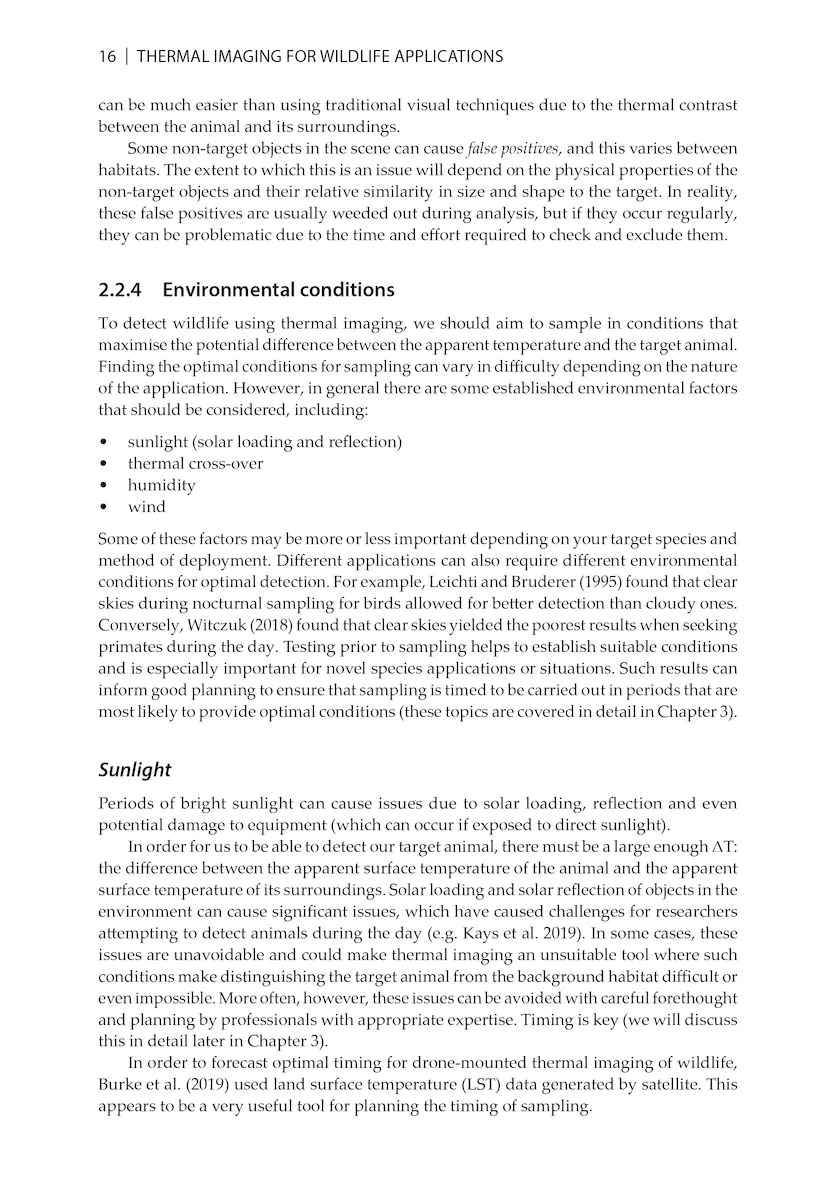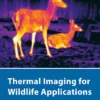Thermal imaging is an exciting technology that can be applied as a powerful tool in a growing number of wildlife research, ecology and management applications. It allows us to see things that have been difficult or even impossible to detect using conventional methods, opening a window onto the worlds of cryptic, nocturnal, secretive and otherwise challenging species. This can offer a range of benefits such as increased accuracy, reduced costs, better efficiency and improvements to health and safety conditions. Yet the relevant information is often largely inaccessible to most wildlife professionals.
Thermal Imaging for Wildlife Applications brings together key findings from academic research and applied field protocols, along with the author’s wealth of practical experience, to inform and guide the reader in an approachable and understandable format. This comprehensive handbook includes chapters covering fundamentals of the technology, methods, equipment and detailed discussion of application types, as well as specific sections that focus on terrestrial mammals, bats, marine mammals and birds.
The final chapter explores some of the many potential future uses of thermal imaging, before thorough references and a list of resources ensure that this will be the standard work on the subject for years to come.













